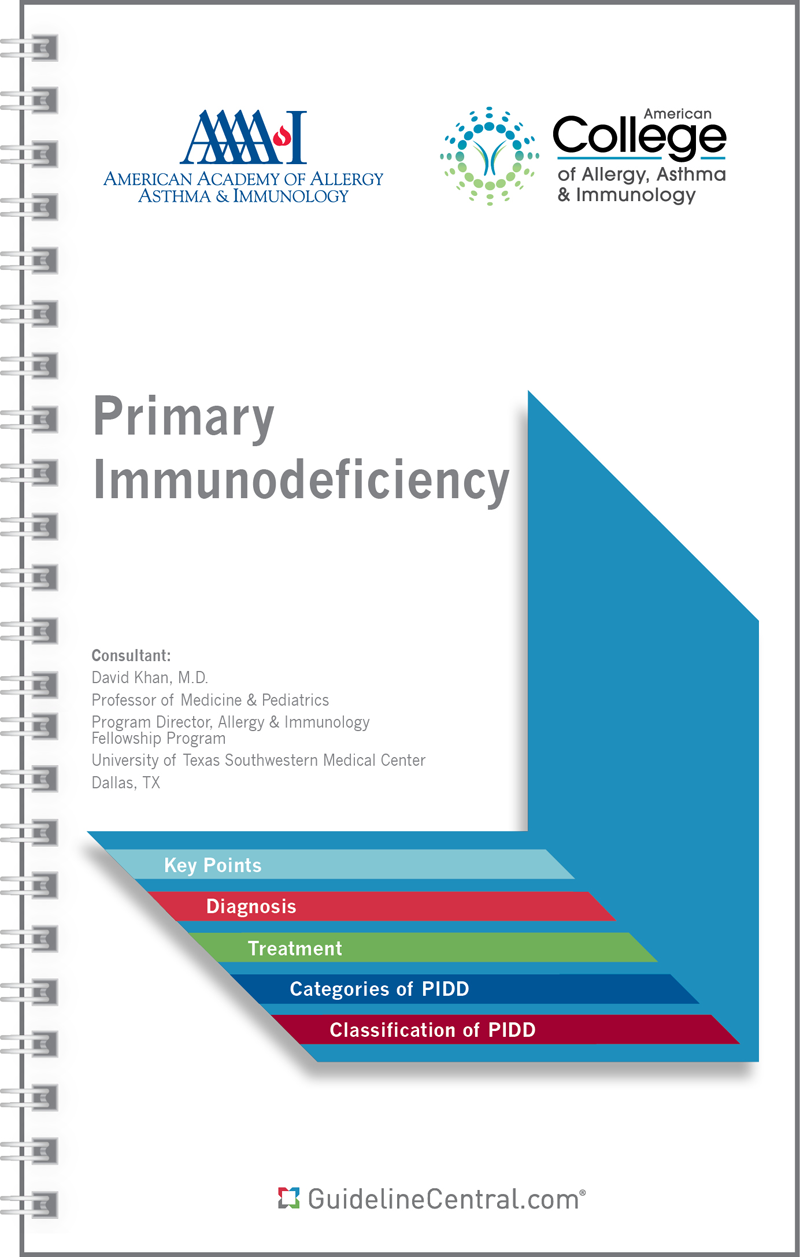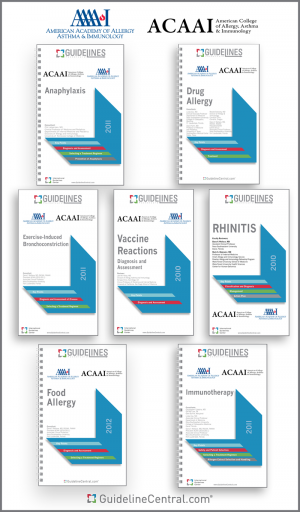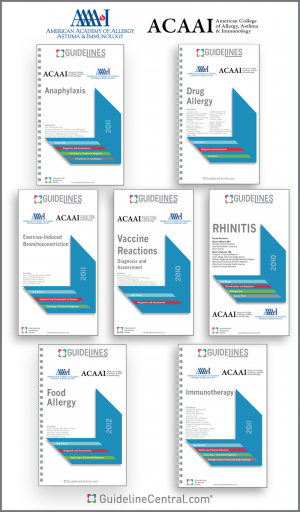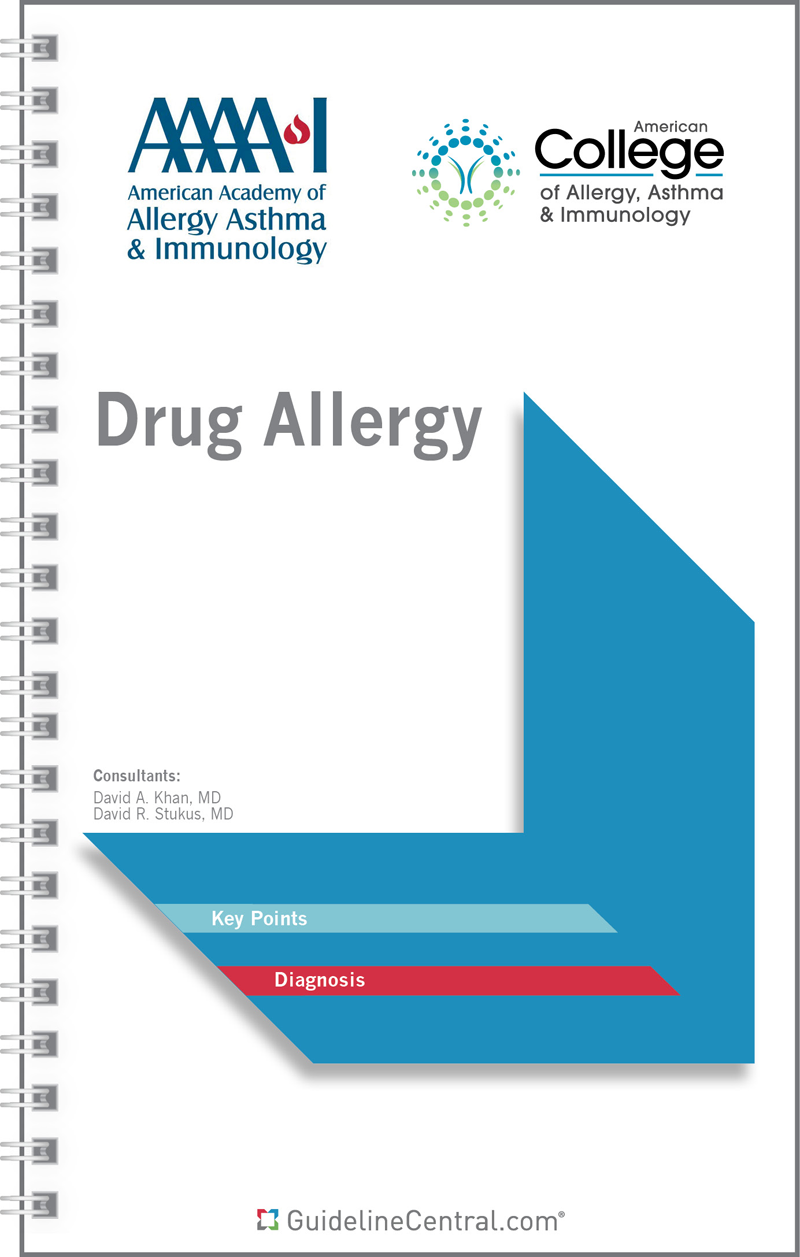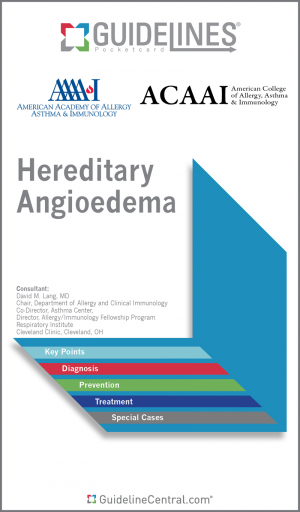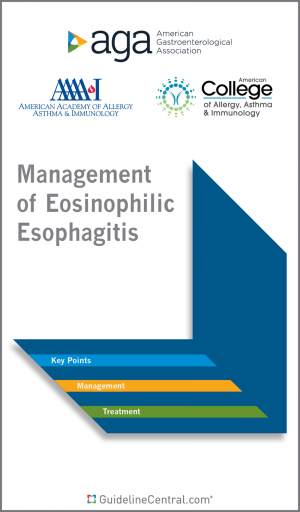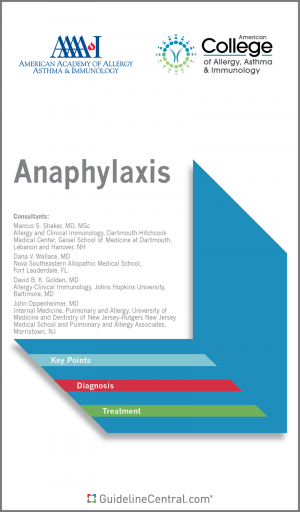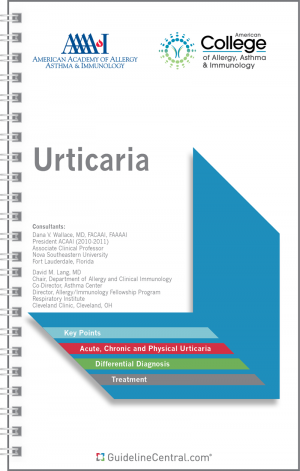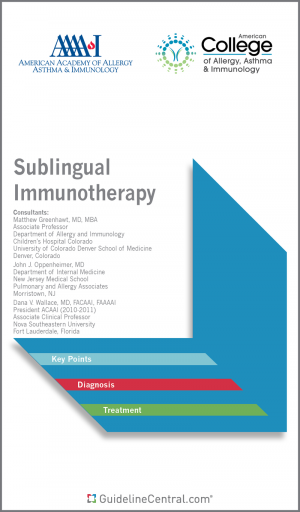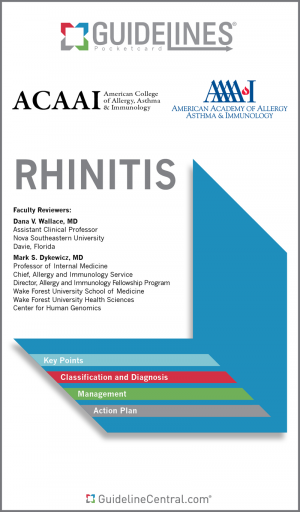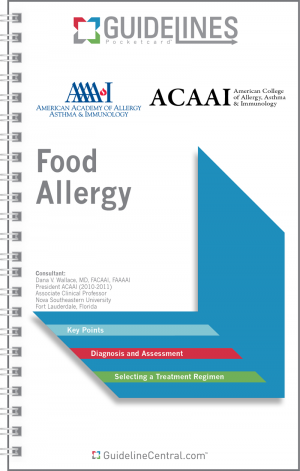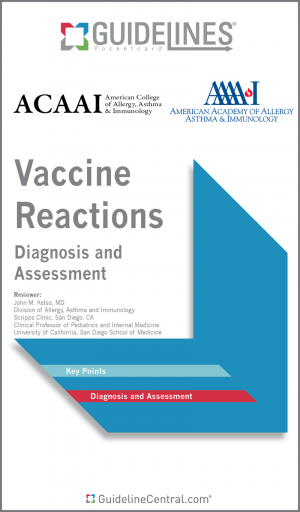Primary Immunodeficiency
- 60 pages
- Spiral Bound
- 80# Aqueous Coating
- 4.25" x 7.25"
- Ships in 5 – 10 business days
- Key Points
- General Diagnostic Considerations
- Treatment Recommendations
- Combined B- and T-Cell Immunodeficiencies
- Well-Defined Syndromes with Immunodeficiency
- Predominantly Antibody Deficiencies
- Diseases of Immune Dysregulation
- Phagocytic Cell Defects
- Defects of Innate Immunity
- Autoinflammatory Disorders
- Complement Deficiencies & Anti-Cytokine Autoantibodies
- Figures
- General Approach for the Diagnosis of Primary Immunodeficiency
- Diagnosis of Combined or Syndromic Immunodeficiencies
- Diagnosis of Diseases of Immune Dysregulation
- Diagnosis of Phagocyte Defects
- Diagnosis of Innate Immune Defects
- Diagnosis of Autoinflammatory Syndromes
- Tables
- Characteristic Clinical Presentations of Some Immunodeficiency Disorders
- Laboratory Tests of Immune Function
- Summary of Laboratory Findings in the Diagnosis of Antibody Deficiencies
- Summary of Therapeutic Considerations for Primary Immunodeficiencies and their Complications
- Regimens for Prophylaxis of Bacterial Respiratory Tract Infections
- Clinical and Laboratory Manifestations of Selected Combined Immunodeficiencies and Syndromes
- Lymphocyte Phenotype Classification of SCID
- Assessing Serotype-specific Responses to Pneumococcal Capsular Polysaccharides
- Summary of Screening Laboratory Findings and Diagnosis of Complement Deficiencies
- Clinical Associations with Complement Deficiency
- Classification of Primary Immunodeficiencies
- Categories of PIDD
- Internet Resources for PIDDs
- For purchases under 100 in quantity, we suggest placing the order directly through the website.
- We offer group/institutional licenses for multi-user accounts (discount amount varies depending on the number of users).
- We are proud to offer special discounts to medical schools, training programs, students and more.
- We offer bulk purchase discounts based on number of copies and number of titles.
Contact Us for more details
The American Academy of Allergy, Asthma & Immunology (AAAAI) is a professional organization with more than 6,700 members in the United States, Canada and 72 other countries.
Description
This resource is for informational purposes only, intended as a quick-reference tool based on the cited source guideline(s), and should not be used as a substitute for the independent professional judgment of healthcare providers. Practice guidelines are unable to account for every individual variation among patients or take the place of clinician judgment, and the ultimate decision concerning the propriety of any course of conduct must be made by healthcare providers after consideration of each individual patient situation. Guideline Central does not endorse any specific guideline(s) or guideline recommendations and has not independently verified the accuracy hereof. Any use of this resource or any other Guideline Central resources is strictly voluntary.
You can also find this product included in these bundles!
